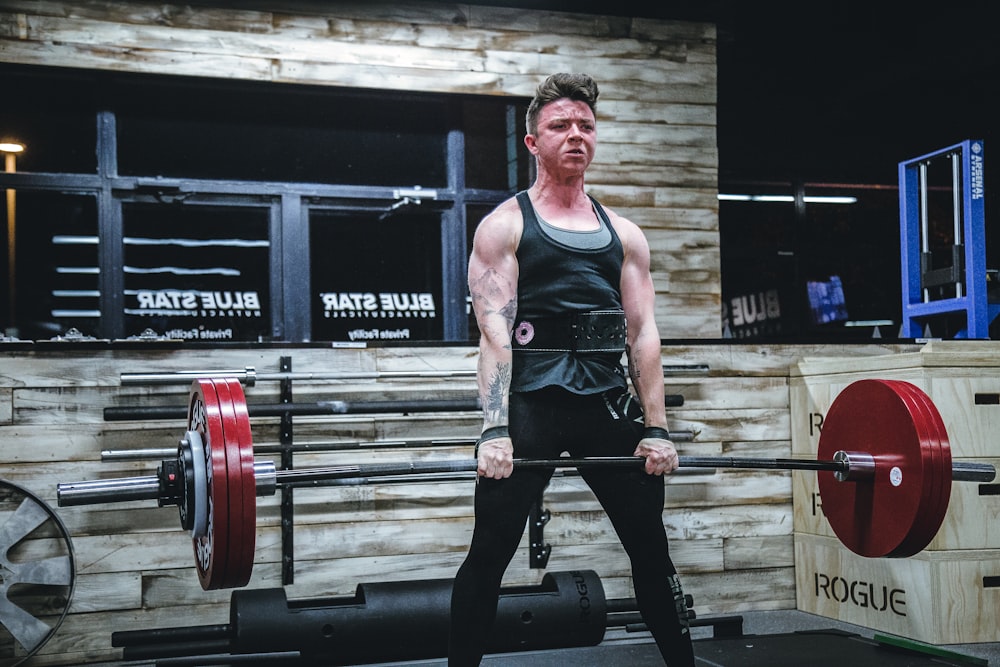Supercharge Training Results With The Deadlift
The deadlift is a staple of most strength-training programs. It’s a compound exercise that adds muscle to your posterior chain, and gain quality mass from your traps all the way down to your hamstrings, then this is your exercise.
In a simple explanation, it’s performed by picking up a weight from the ground, bending at your waist and…




